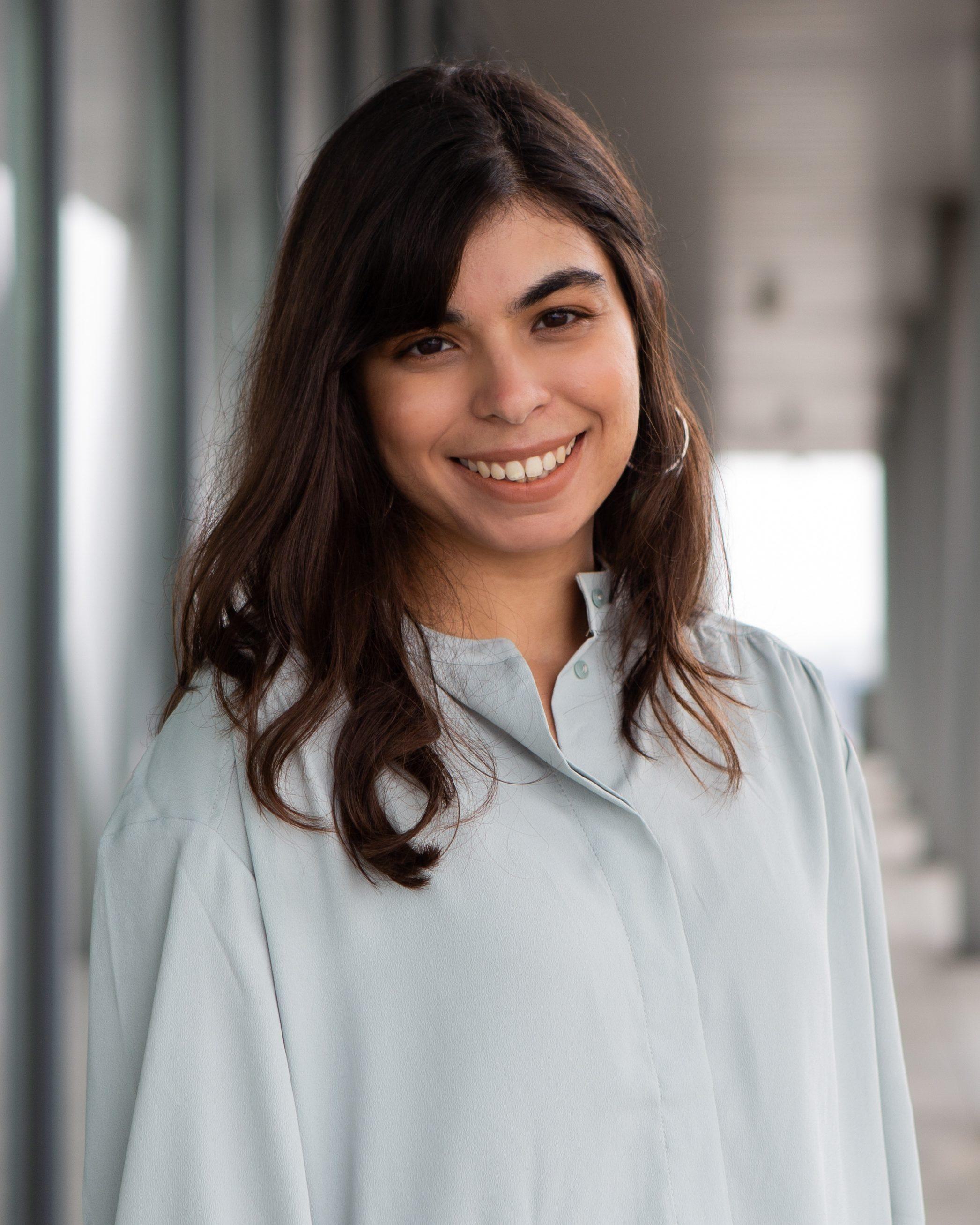Partnership for Our Working Coast
Resiliency. Opportunity. Sustainability.
Ongoing
The Challenge
In 2016, the Greater Lafourche Port Commission (GLPC) formally announced its plans to obtain federal regulatory approval to deepen Belle Pass and the Port’s accompanying slips, located at the mouth of Bayou Lafourche in Port Fourchon, to provide an additional port facility capable of handling the heavy maintenance, refurbishment, and/or decommissioning needs of the deepwater energy industry.
This large-scale dredging project will initially generate between 13 and 20 million cubic yards of sediment, with additional material produced from maintenance dredging over the long term. The GLPC has made it clear that they intend to see this material used beneficially not only for the project’s development and environmental mitigation obligations, but also as an integral and renewable borrow source for coastal ecosystem restoration and protection initiatives locally.
In 2017, energy industry partners Chevron, Shell, and Danos, along with the GLPC and The Water Institute came together to form the Partnership for Our Working Coast (POWC). POWC is a public-private partnership which takes a science-based approach to maximizing the benefits of coastal restoration efforts to: (1) protect critical infrastructure in and around the Port; (2) generate new, quantifiable ecosystem services; (3) improve community understanding and overall resilience from Port Fourchon to Larose; and (4) quantify the carbon-capture benefits.
The Approach
In Phase One of this collaboration, The Water Institute worked with GLPC to select sites for a beneficial use wetlands creation project based on several criteria, including distance from the channel deepening location and the water depth at the potential placement sites.
In Phase Two, The Water Institute and POWC partners worked to expand on the Phase One work to analyze and prioritize a list of potential sites for a suite of wetlands restoration projects that can be created by using the material provided by the Port Fourchon dredging and expansion project.
During Phase Two, The Water Institute developed and engaged in an ambitious and rigorous process in which scientists collaborated with local stakeholders and community members to inform the design of potential nature-based wetlands restoration projects. Through this participatory research, potential projects were analyzed for their social and ecological resilience and their potential to sequester carbon. Projects were additionally analyzed for how they would function within, and in response to the drivers of change—such as sea level rise, subsidence, and storms—in the natural system.
With the successful completion of the first two phases, POWC partners and The Water Institute identified an opportunity to evolve the program into a more enduring element of Louisiana’s coastal framework. The program created a Nature-Based Solutions Living Lab in the Port Fourchon area to facilitate collaboration and nurture the next generation to work creatively toward Louisiana’s future restoration needs. The Living Lab place-based research program consists of a Competitive Grant Program and an Information Hub, both of which are ongoing projects. More information can be found on the Information Hub website Linked Here.
Contact the POWC team by sending an email to powc@thewaterinstitute.org
Collaborators
- Chevron
- Coastal Conservation Association (CCA)
- Danos
- Ducks Unlimited
- Edward Wisner Donation Trust
- Greater Lafourche Port Commission
- Louisiana Universities Marine Consortium
- Nicholls State University
- Shell
- The Water Institute (The Institute)













